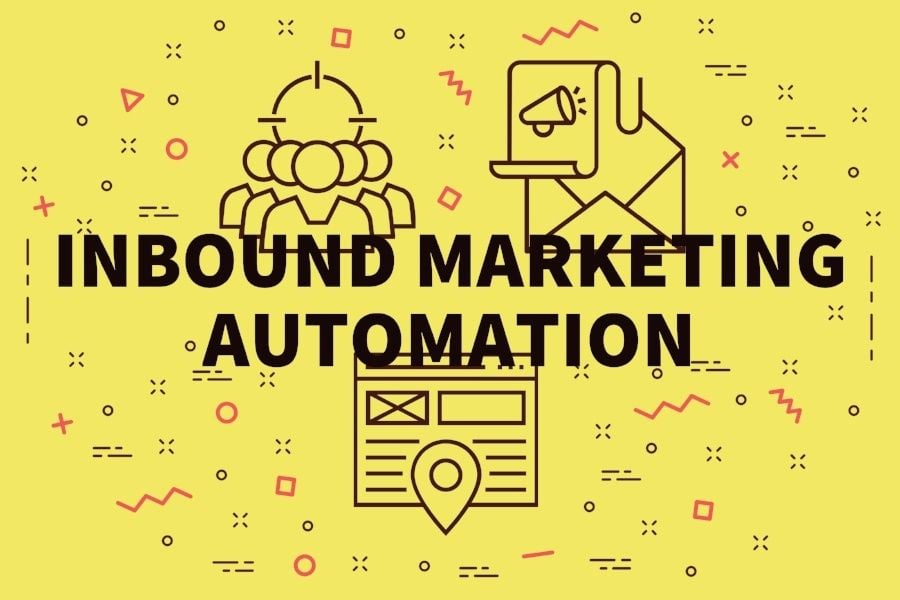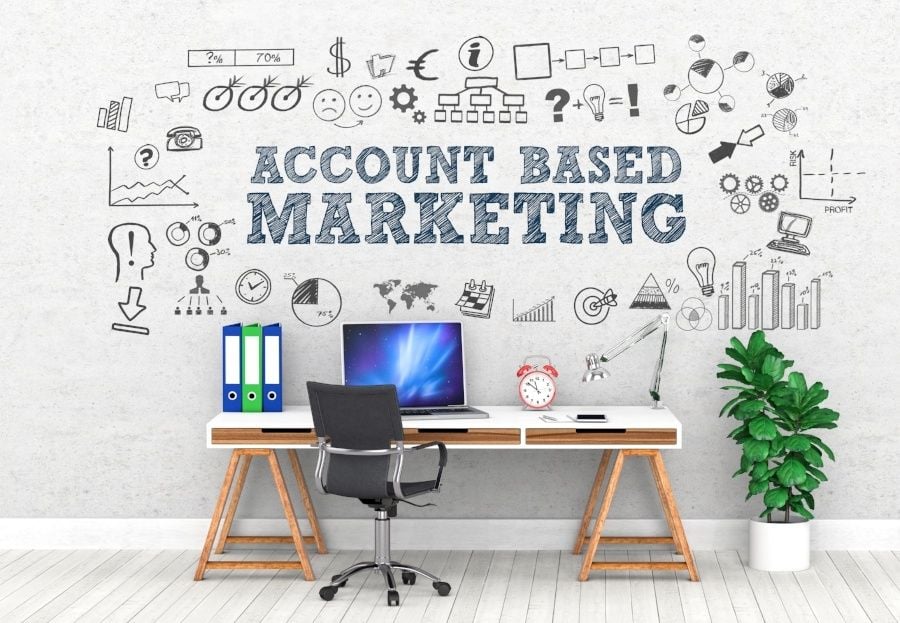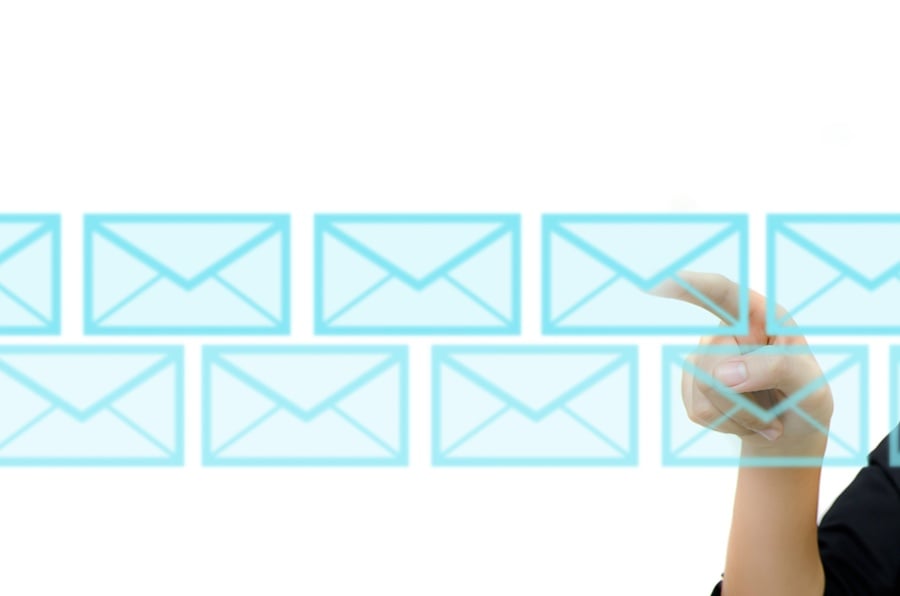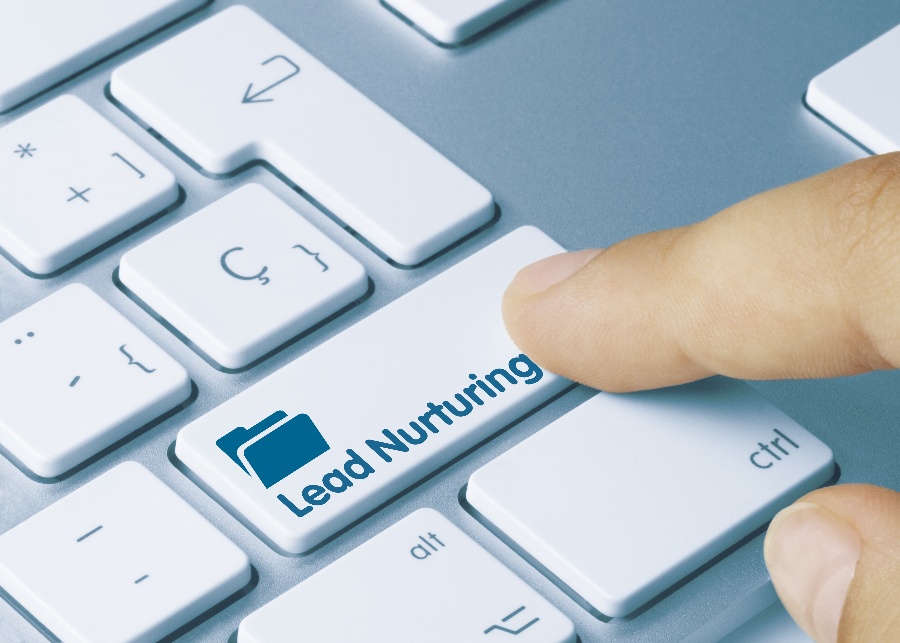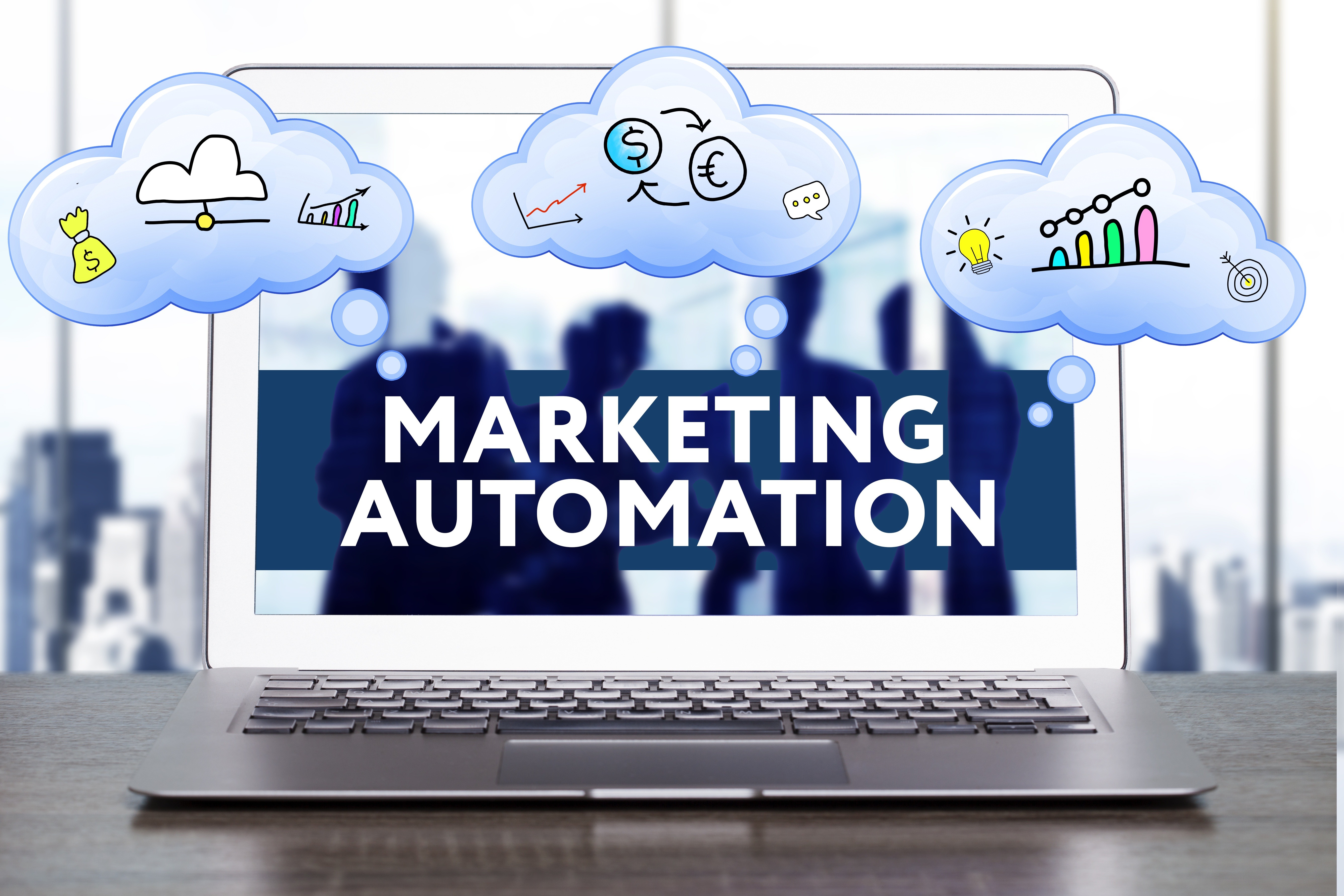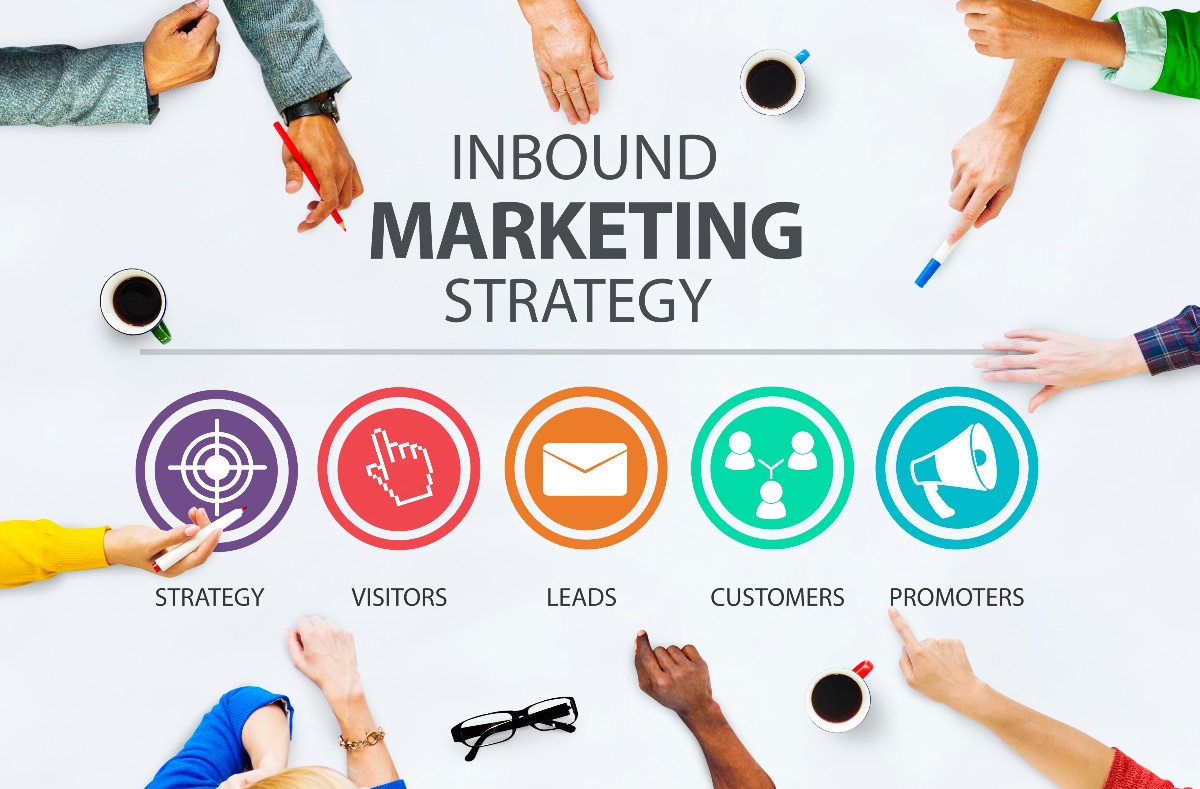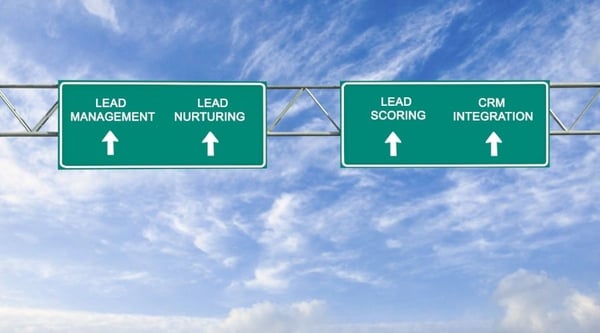
In b2b businesses, lead nurturing is absolute key. In fact, it might just be the single most component of your inbound marketing efforts.
Before they sign the contract you need to produce and deliver the goods they're looking for, potential customers need to be absolutely sure that you're the right supply chain partner for their needs.
Awareness and lead-generating content can only get you so far. A great social media presence, content marketing, a blog focusing on industry trends, or a best practices guide that is specific to your industry can all do their part to build and grow the top of your sales funnel.
At the same time, you also need the right mechanism in place to nurture your prospects throughout the funnel to the point where they're ready to sign that contract.
That's where lead nurturing enters the equation. Broadly, the term describes the process of any marketing efforts designed to speak to and engage with your existing leads. The ultimate goal, of course, is customer conversion.
More specifically, here are 4 ways in which you can use lead nurturing principles to grow your business that most marketers use successfully:
1) Build a Lead Nurturing Framework
First things first: when it comes to lead nurturing, it makes sense to start with a basic framework. In most cases, that means setting up a series of automated emails that automatically kick off once a new lead enters the database.
These emails should begin by thanking a potential customer for becoming a lead, and delivering on the promise (such as the content) they've signed up for.
Next, they should gradually introduce your business to each recipient. Each email should be spaced at least a week apart for maximum effectiveness.
In building your nurturing messages, take care not to get too promotional. Your audience may be interested, but not yet ready to sign the contract.
Instead, use this opportunity to establish your services or products as credible and qualitative to any potential customer.
For some B2B email marketing examples check out this free download.
2) Go Beyond Email Marketing and Phone Calls
Emails form the core structure, and phone calls offer an opportunity to get a little more personal in trying to win manufacturing accounts.
The best lead nurturing efforts, though, go beyond these two major communication tactics.
Instead of restricting yourself to email or phone, consider implementing one or more of the following:
- Gated web content designed specifically for existing leads, aiming to gather more focused information about them while guiding them down the funnel.
- Social media posts designed to keep those who already know about your business and services engaged with your brand.
- List-based social media ads that target only existing leads from your database and prompt them for next steps on your website or elsewhere.
The more complex your lead nurturing process becomes, the better. Signing a contract is a major process, and one that your audience will need to be absolutely sure of.
3) Analyze and Optimize for the Customer Journey
What exactly does your audience's customer journey actually look like? How long is a lead's typical time before customer conversions? Where are they most likely to jump off if they designed to never put their pen to paper?
All of these questions can be answered via in-depth analytics. Through tools like Google Analytics and your own CRM, you can track your individual leads and gather valuable insights about their behavior.
Then, you can use those insights to further optimize your lead nurturing process, building on existing strengths and reducing weaknesses.

You may find, for instance, that the second email you send is the one that gets most engagement. In that case, it makes sense to prioritize that email in the nurturing process, and build other content around it to further highlight it.
The more you know about the ways in which your potential customers interact with you, the better.
4) Savvy Marketers Keep it Personal and Customized
Within the context of lead nurturing, personalization is key.
By the time your potential customers have given you personal, business, and contact information about themselves, they expect you to return the favor and produce only relevant messaging in return.
First, that means segmentation. Instead of setting up a single email flow, consider breaking your existing leads into specific, specialized groups and sending only relevant messages to them.
These emails themselves should be customized, both in terms of overall content and with simple touches like the recipient's first name in the first name.
Leads who are nurtured with content specifically targeted to them are 20 percent more likely to result in a sales opportunity. Personalized emails multiply your revenue by a factor of six.
The more personal you can make your messages, the more likely you will be to succeed in following up with your leads and driving them toward the bottom of the sales funnel.
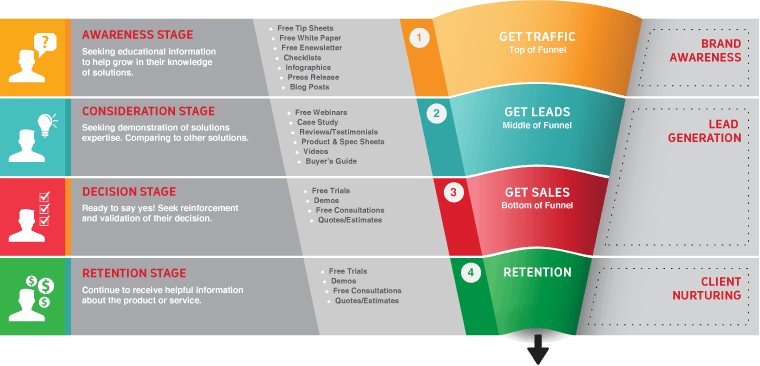
Taking the Next Step in Your Inbound Marketing Efforts
All of the above are vital parts in making sure that newly generate leads actually convert to customers. As such, they play a core role in helping your business grow its customer base and revenue.
But of course, lead nurturing is only part of the inbound marketing puzzle. It can only be successful if you actually have a large amount of needs to nurture, and the marketing structure in place to prompt engagement and conversions.
For help in that regard, contact us. We've helped businesses like yours enhance their inbound marketing efforts, from lead generation to customer conversion.
Now, we'd love to work with you in optimizing both your lead nurturing efforts and digital marketing strategy as a whole.
RiseFuel offers email marketing, content marketing along with email marketing tools, a free CRM, and free trial for those companies looking to modernize their processes.





